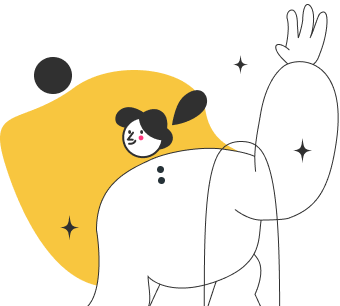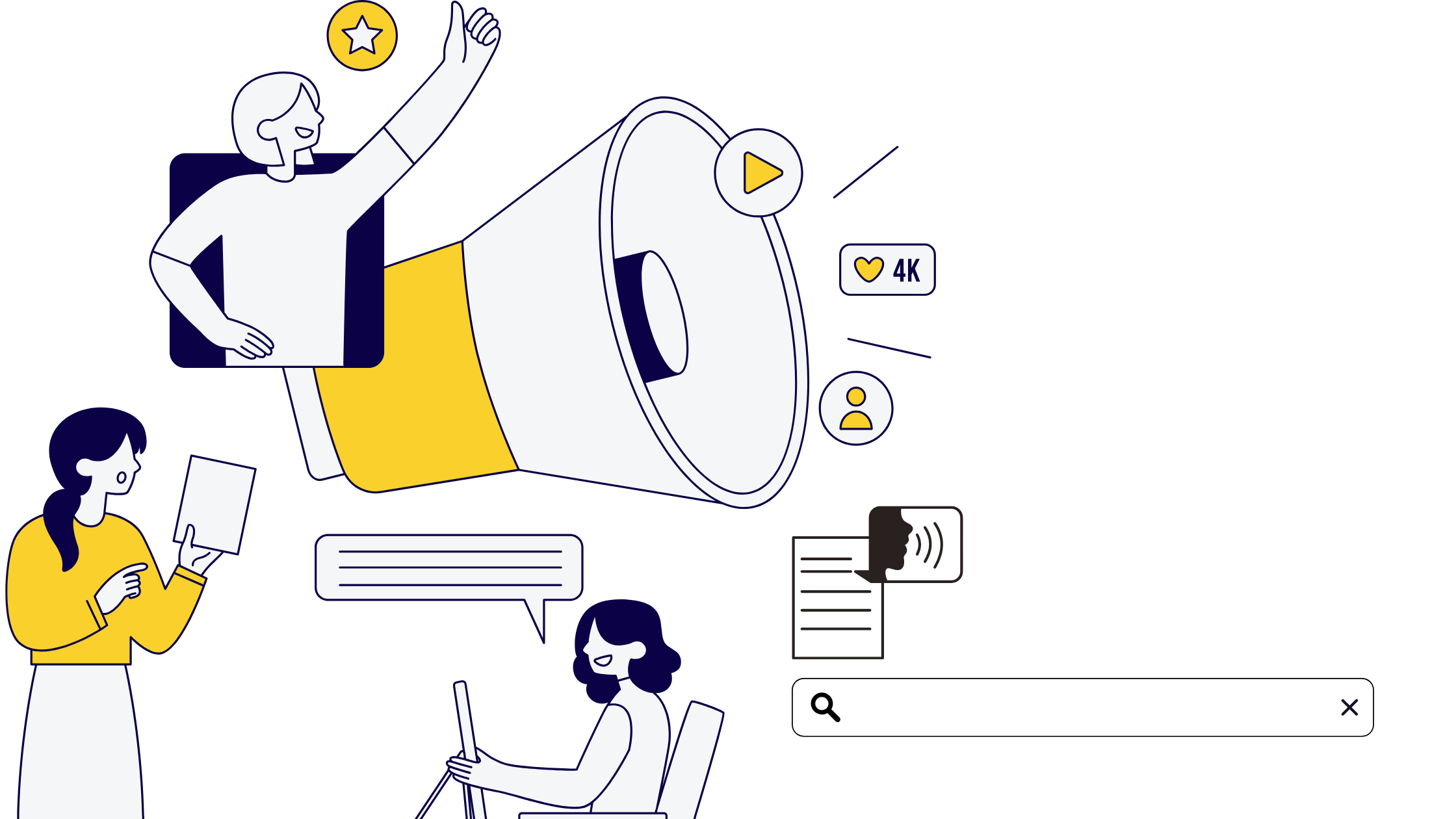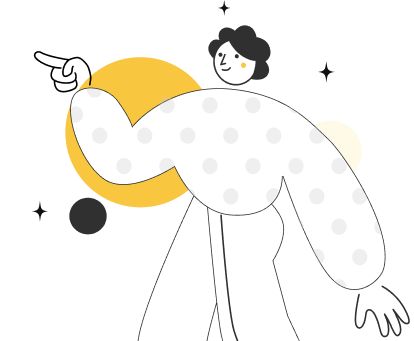Facebook: videos, photos, and curated content
Instagram: stories, high-quality photos, videos and quotes
Twitter: blog posts, GIFs, News
LinkedIn: professional content, company news, jobs
Pinterest: infographics, photos
The ultimate goal of creating a Facebook page is to build your brand and engage with your fans. The best way is through creating extraordinary videos and live videos. Videos have more engagement than images or links. A good trick to create engaging videos is to inculcate educational content like how-to guides or blog summaries, reviews, tutorials, etc. Ensure you post direct videos instead of redirecting the viewer to YouTube through links.
Another way to build engagement is through curated content and blog posts. Not forgetting Facebook live streaming videos, teaser videos, and images. But for a good engagement rate, ‘timing’ is the core key.
We all know Instagram is for the younger generation. More accurately, for an age group between 18 to 29 which makes it very easy for the youth-oriented brands to sell their products and services on this platform. People post their best photos on their profile. You can post high-quality pictures of products or even some behind-the-scenes.
Another content strategy trending on Instagram is indulging in motivational or inspiring quotes with about 80 million posts tagged #quotes. You can also create graphics-based quotes through designing tools like Canva.
Speaking of stories, while you may be consistent when you post content on your feed, you can be a little flexible with your stories. Some tips for creating Instagram stories while ensuring you keep them in line with your marketing strategy are:
- Share how-to tutorials and mini-training
- Storytelling
- Promoting blog posts
- Announce offers, giveaways, and promotions
- Share your routine
- Share quotes
- Share news, updates, and announcements
Another way to have an engaged audience is by including your location on the posts, using, editing features with the help of third-party designing apps. Craft some amazing captions that include a call-to-action, and last but not least, the most important one – use #hastags.
Twitter is like a go-to customer service channel to connect with your target audience. In most cases people use Twitter to find out breaking news, share relevant information relating to a company, industry, or products.
You can share blog posts, and relevant curated content on Twitter just like Facebook, as most of the brands and famous people, Tweet multiple times a day. Make sure you add links, photos or infographics, videos and GIFs to your content for better engagement. You can also experiment with videos, but the length should be about 140 seconds only.
On Twitter, you can also include a call-to-action. Use proper punctuation and grammar, and try not to exceed 240 characters. Mentions and retweeting other updates can help you increase your followers.
LinkedIn is a professional platform mainly suitable for jobs, career information, learning more about companies, potential hires, employee experience, achievements and job openings. Besides posting jobs and career information LinkedIn is a platform to share company news, articles.
Carefully craft every status update and post with the necessary information, photos, links, image, or video and content in no more than 50 characters. Don’t forget the call-to-action for your target audiences. Choose links wisely and interact with comments.
Pinterest is a visual platform with numerous images and is mostly vertical. These image topics include DIY, craft, home decor, drinks, food, and design. Make sure you carefully pick your image colours, use light and colour strategy, and always add backgrounds to your images.







